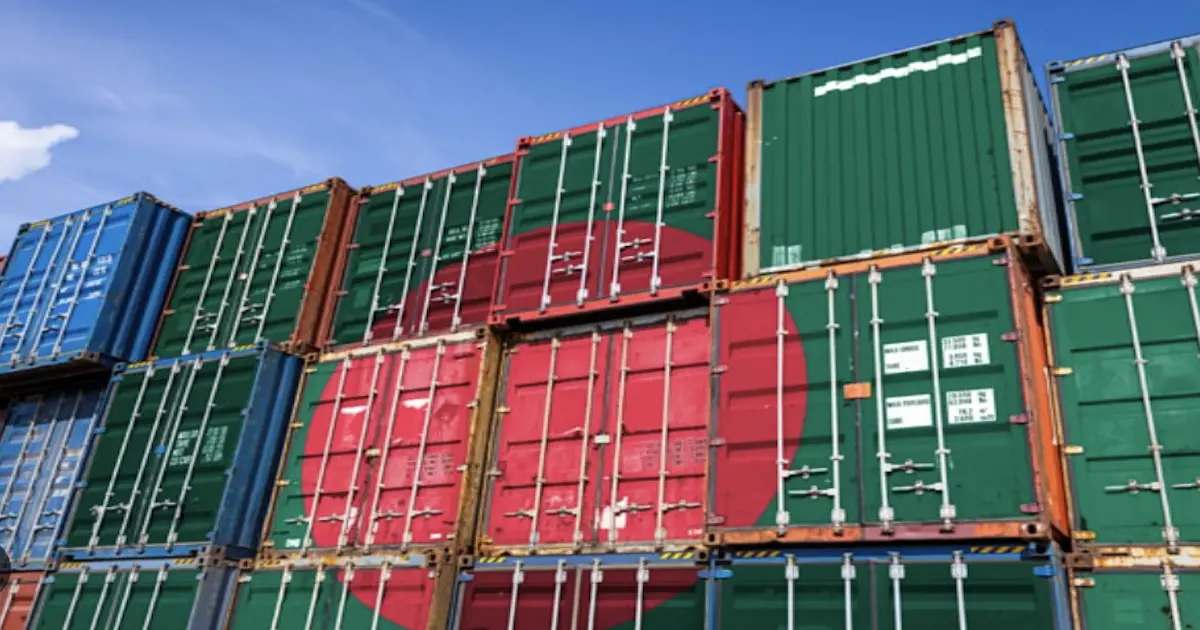Bangladesh Economy Rebounds in FY25’s Second Half: What’s Driving the Recovery?
By Today International News
Published: October 10, 2025
Strong Export Performance Boosts Growth
Bangladesh’s economy showed signs of recovery in the second half of FY25, driven primarily by robust export performance. The country’s garment and textile sector, which accounts for a significant portion of export revenue, experienced higher demand from key markets in Europe and North America.
Export growth has been supported by product diversification, improved quality standards, and enhanced supply chain management. Analysts note that sustained export momentum is critical for maintaining the broader economic recovery, as it contributes significantly to GDP growth and foreign exchange inflows.
Remittance Inflows Provide Stability
Remittances from the Bangladeshi diaspora remain a vital pillar of economic stability. In FY25’s second half, remittance inflows rose, providing households with increased purchasing power and supporting domestic consumption.
These inflows also bolster foreign exchange reserves, helping to stabilize the Bangladeshi taka and mitigate pressures on import-dependent sectors. Economists suggest that continued support for migrant workers and remittance channels will be essential to sustain this positive trend.
Foreign Exchange and Macroeconomic Balance
Foreign exchange stability has improved alongside strong exports and remittance inflows. A stable currency supports business confidence, encourages investment, and helps contain inflationary pressures.
Government efforts to manage trade deficits and attract foreign investment have further reinforced macroeconomic balance. Strategic interventions in foreign currency markets and targeted fiscal policies have contributed to a more resilient economic environment.
Reforms Needed for Sustainable Growth
While FY25’s second-half recovery is encouraging, experts emphasize the need for structural reforms to maintain momentum. Key areas include:
-
Infrastructure Development: Improving logistics and transport networks to reduce production costs and enhance competitiveness.
-
Diversification: Expanding beyond garments into sectors such as pharmaceuticals, IT services, and renewable energy.
-
Investment Climate: Streamlining regulations, enhancing ease of doing business, and attracting long-term foreign investment.
-
Skill Development: Upskilling the workforce to meet the demands of modern industries and technology adoption.
These reforms are critical to ensure that recovery is not temporary and that Bangladesh can achieve sustainable, inclusive growth in the coming years.
Conclusion: A Promising Path Forward
Bangladesh’s economic rebound in FY25’s second half highlights the resilience of its export sector, the importance of remittances, and the value of foreign exchange stability.
Maintaining this trajectory will require targeted reforms, continued investment in diversification, and policies that strengthen both domestic and external economic foundations. If executed effectively, these measures could position Bangladesh for sustained growth and enhanced global competitiveness.

